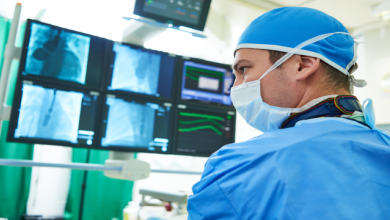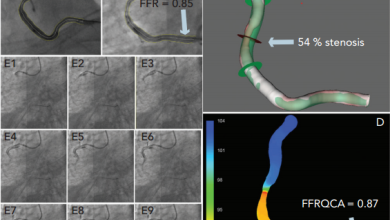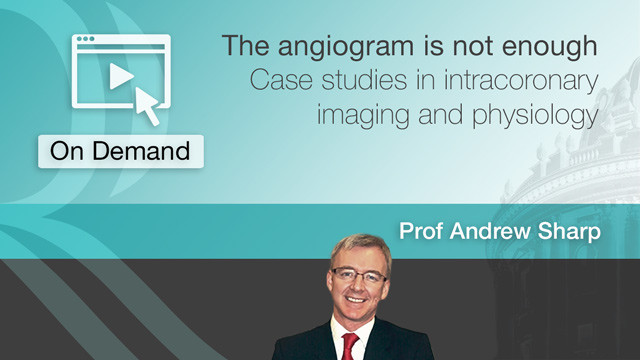Recent advances in imaging technology have had a huge impact on the diagnosis and treatment coronary artery diseases.
Newer imaging systems enable advanced 3D imaging with rotational angiography, which uses a quick spin around the patient to create a CT-like, 3D image of the anatomy. This can all be done tableside in the cath lab. Some systems allow these images, or CT or MRI 3D images, to be overlaid or fused with the live 2D fluoroscopic images.
















